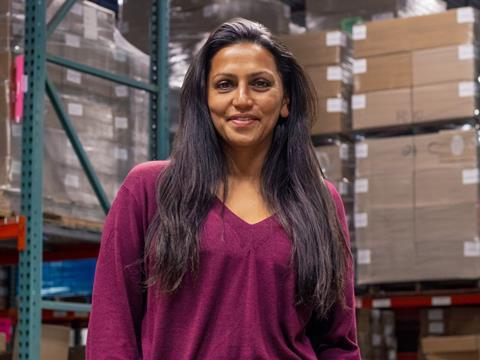
In recent times, leading brands like Unilever and Coca-Cola have scaled back their packaging sustainability objectives. In this article, Saloni Doshi, CEO and Chief Sustainability Officer at EcoEnclose, tells us why she thinks other companies shouldn’t follow suit.
In the face of climate change, major companies are quietly retreating from their sustainability commitments at an alarming rate. Coca-Cola, for example, has scaled back its goal of using 50% recycled packaging by 2030, now aiming for just 35% and 40% by 2035 Unilever, PepsiCo, and Grove have all scaled back their goals, delaying or reducing targets that once seemed non-negotiable.
This signals a troubling shift in attitude in business attitudes, that sustainability targets are somehow arbitrary. If companies miss a goal, they simply lower the bar or delay the deadline by another decade.
If 2024 was the year of the great backslide, let’s make 2025 the year brands hold firm to their sustainability goals. I think the current retail sector boom is an opportunity to set new recycled content targets – or resist the urge to scrap them.
Online retail sales in the U.S alone surged by 6.7% (year over year) during the Christmas period. In particular, apparel-led e-commerce sales grew by nearly 7%. Business is booming in Europe too. It is expected that online sales in Europe will reach €1.4 trillion by 2027.
This market growth isn’t a short-term trend either. E-commerce revenue is expected to reach an astonishing $4.8 bn in 2025.
The strong, stable, and buoyant market gives brands an opportunity to step back, assess their packaging solutions, and invest in a long-term packaging strategy that allows them to meet their sustainable packaging targets.
But why should e-commerce brands dedicate so much time, energy, and financial investment to reach these goals?
While my company is rooted in the U.S., I work with brands worldwide – including Europe. E-commerce is inherently global, with packages crossing borders daily, making sustainable packaging a shared responsibility. Brands rely on packaging to ensure their goods arrive to their customers securely. This, I think, gives the industry a lot of responsibility when it comes to making its packaging options more sustainable.
Crucially, brands that fail to commit to packaging targets could be setting themselves at a serious disadvantage. E-commerce brands are facing new sustainability legislation, such as Extended Producer Responsibility (EPR), which will make them more responsible for the recycling costs of their packaging.
In the U.S., 33 states, including California, have already enacted packaging related legislation including labeling requirements, PCR thresholds, and bans to some packaging types – and several more are coming down the pipeline this year.
Meanwhile, in the EU, companies face their own deadlines for submitting packaging-related data, a huge administrative and financial burden which could catch e-commerce brands off guard if they fail to get ahead of the curve.
Brands should use the retail boom as a chance to front-foot the costs of overhauling its packaging mix, including data disclosure, phasing out highly-taxed materials, and adopting more sustainable packaging solutions.
Sustainability isn’t just about compliance or cost savings, consumers demand it. And this demand is growing. A 2023 survey indicated that 1 in 4 consumers would stop ordering from a brand if they overpackaged goods.
I acknowledge that brands face real challenges, not just financial motives, in scaling back targets. Coca-Cola struggled with limited access to food-grade recycled plastics and bottlenecks in the recycling infrastructure of certain countries.
While infrastructure limitations pose real challenges, a company of that size has no excuse for deferring its environmental obligations. Coca-Cola has the resources, scale and influence to change the infrastructure, supply chains, and other market dynamics holding it back from achieving its sustainability targets.
Some companies are achieving their sustainability goals. The clothing brand Ted Baker set out to reuse 20% of the boxes they use for shipping every year, and exceeded that target with an average reuse rate of 27%. But e-commerce brands are held back by a lack of knowledge about how to overhaul their packaging mix – or even set realistic goals in the first place.
E-commerce brands must navigate a complex landscape when shifting to sustainable packaging. It’s important to nail down realistic, impactful goals tailored to their business. If you’re transitioning to paper-based products: Is there a budget for the higher cost of paper packaging? Are you happy with the resulting uptake in virgin paper from an environmental standpoint?
What’s key here is that a packaging transition takes time – six months, two years, or even longer. This is why brands need to start now to front-foot impending legislation, and invest in transitioning while the market is strong and stable. And if you’re an e-commerce brand that’s already on that journey. Don’t give up.
The e-commerce boom is a chance for brands to stay committed, or set new, ambitious packaging goals. Companies that act now won’t just reduce their environmental impact, they’ll be ahead of the curve when new regulations arrive, and those that hesitate risk falling behind.
If you liked this story, you might also enjoy:
Reuse vs. single use – which is better for the environment?
Sustainable Innovation Report 2025: Current trends and future priorities
What can the world learn from South Korea’s world-leading performance in plastics circularity?

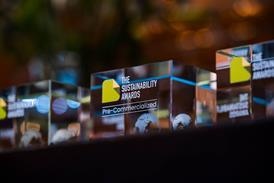

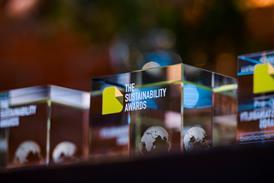
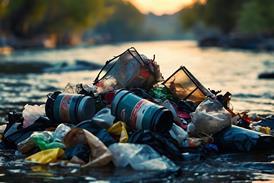
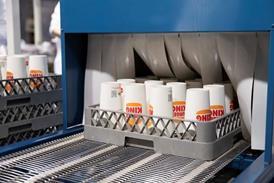














No comments yet